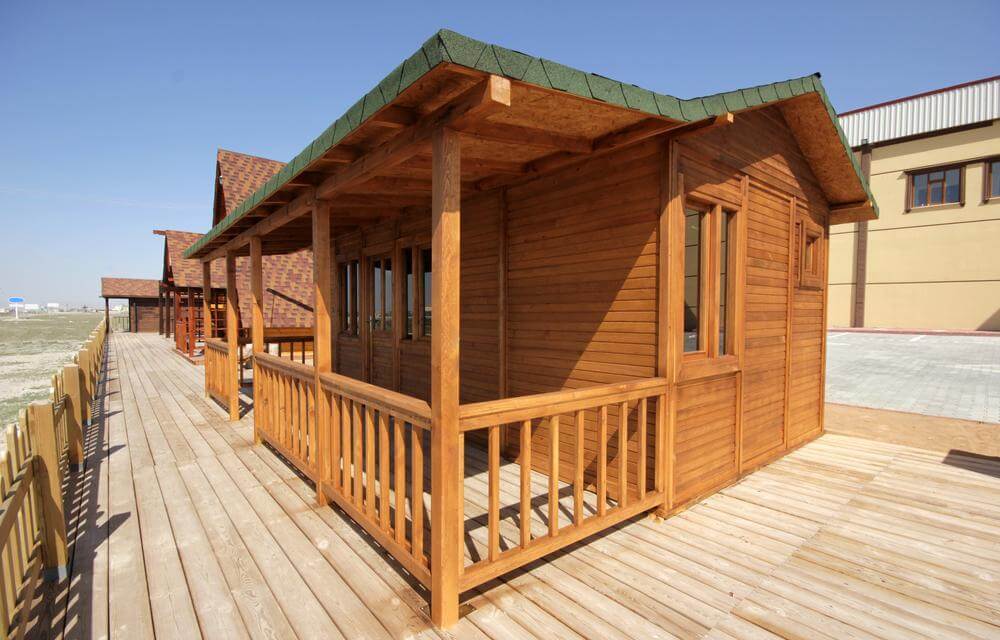Prefabricated Homes For A Modern Day Living
The concept of prefabricated or prefab homes is not new. Regulated by the Federal Government’s Department of Housing and Urban Development for a long time, these homes are constructed in a dedicated facility and then transported to the homeowner’s site for assembly. This method allows for efficient, controlled building processes and can result in cost savings and reduced construction time. Prefabricated house structures offer a modern, streamlined solution to traditional home building, combining convenience with quality.

Why people opt for prefabricated homes?
- They are more affordable as compared to traditional homes
- Less money is used while making prefab homes and that contributes to affordable house
- Modular homes take lesser time and labor
- The government also supports homebuyers and encourages them to opt for prefab homes
- Less prone to weather-related damage while the house is in making
- Better quality of construction
Things to know before buying a modular or prefab home
- They are faster to build so you don’t have to wait long before you can move into your new house
- There is a base price of your prefabricated home, but you will end up paying more than that. The additional cost is for the transport and installation and other costs
- These homes can surprise you with their durability
- You can easily remodel your prefab home, but it is better to ask a professional for tips before you go ahead with remodeling
What are the pros and cons of prefab homes?
Though prefabricated homes are being opted for by many people, there are many pros and cons to this alternative as well. Here are some benefits of prefab homes.
- Energy efficient. These homes are highly efficient, as you will see reduced electricity bills
- They seem to withstand many natural weather conditions and disasters
- As mentioned above, the construction is faster so waiting period is hugely reduced
- More affordable than the traditional homes
Here are a few cons of prefab homes.
- Just paying for a prefab home will not be sufficient. You need to own or pay for the land on which you are going to assemble your modern home.
- If you have chosen a prefab house and want to move in it, you can make a down payment (usually 20% of the cost) and then later pay the rest based on your mortgage.
- Utilities haven’t been arranged as they have been in traditional homes and that is one of the disadvantages of prefab homes. Arranging utilities can be quite difficult.
How should you finance your prefab home?
- Getting a prequalification estimate helps you gauge the amount of money you can spend a house
- Compare rates of different prefab homes and traditional homes
- Compare and understand all the pros and cons of families and schools
- Apply for a loan for your prefab home
- Make sure your credit score is good enough to get a loan. If not, then work on improving the credit score
- Get approved for the loan
- Set up a payback period to return the money later
- Loan closure
- You can only start paying your mortgages only once your house is ready and handed over to you.
How to get a prefab home?
- Look and choose a building site. The site should be as per all the legal regulations and should be able to accommodate the prefab home
- Look for a prefab home manufacturer. Some of the popular manufacturers are Irontown Homes, Blu Homes, Modular Direct, Champion Homes, Nationwide Homes, Icon Legacy, Wardcraft, Palm Harbor Homes, Clayton Homes, Commodore Homes, All American Homes, etc.,
- Understand the finances, and expenses thoroughly
- See if you want to make any changes in the layout of the house before it is made already
- Check all your financial options and check with your colleagues, family, and friends about the same.
What are the different types of prefab homes?
- Modular homes
- Panelized homes
- Pre-cut homes
- Shipping containers homes















